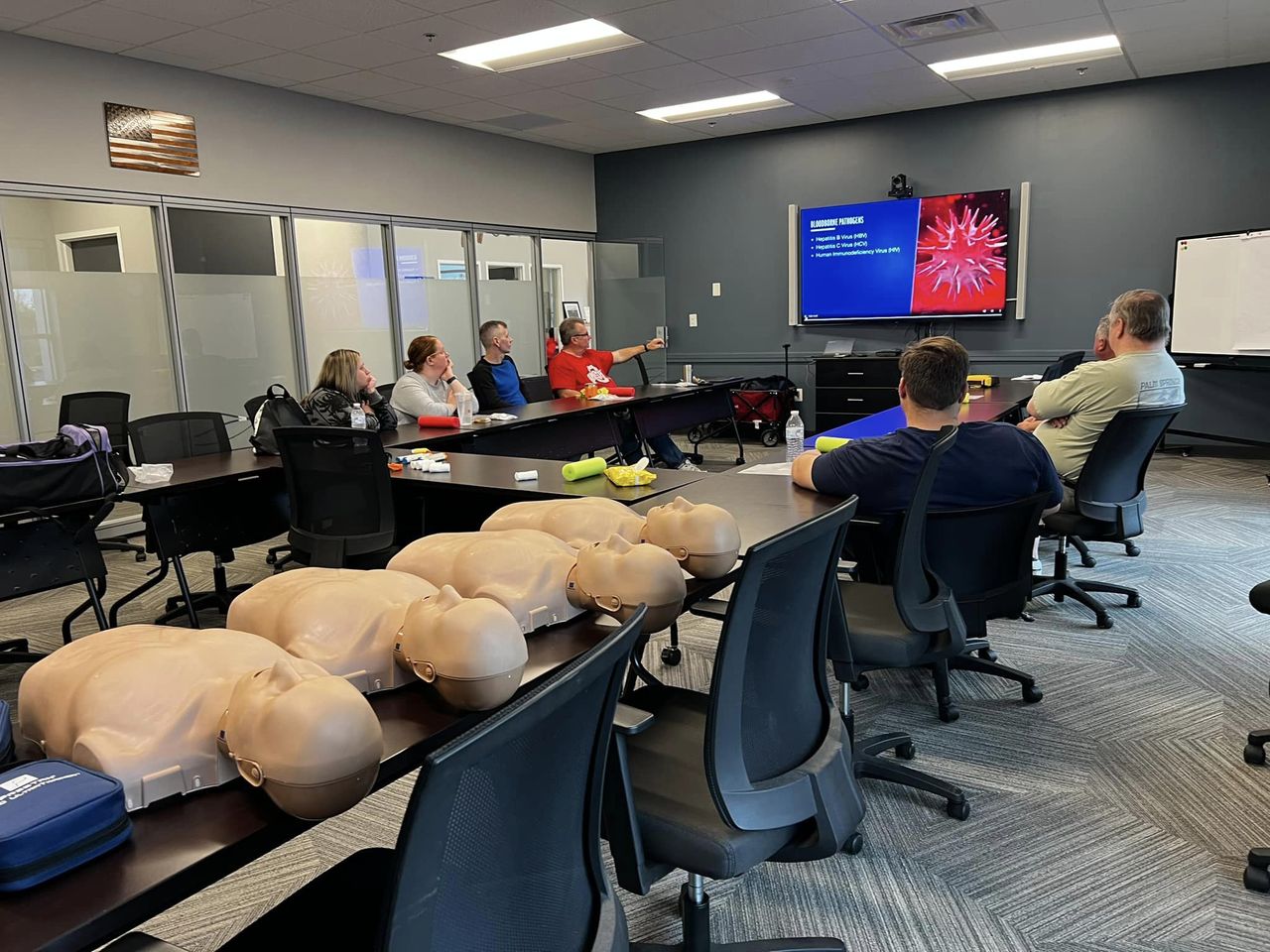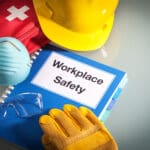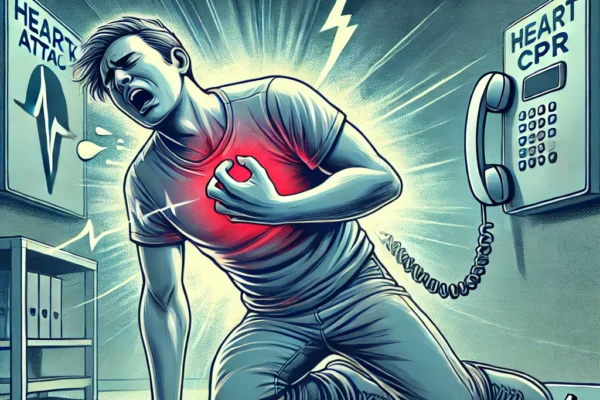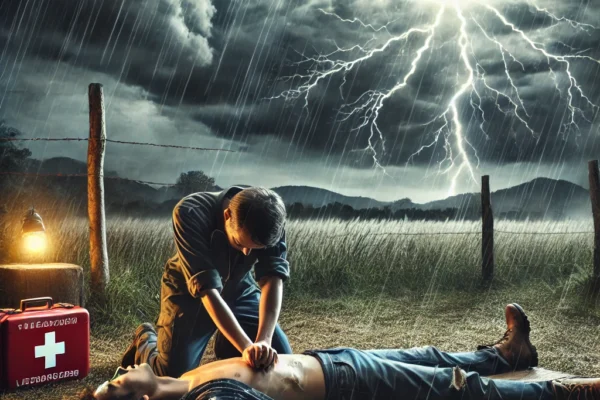The Importance of Workplace Safety: Creating a Secure Environment for All
Are you ready to transform your workplace into a fortress of safety? Understanding the essential elements of workplace safety is key to protecting everyone in the environment. It’s not just about avoiding accidents; it’s about fostering a culture where all employees feel secure and valued.
Why Workplace Safety Matters
Protecting Employees: Safety in the workplace is paramount. Imagine enjoying your morning coffee when suddenly an unexpected incident turns your day upside down. Creating a secure environment not only prevents accidents but also promotes well-being.
The Ripple Effect of Safety: When one person feels safe, it positively impacts everyone around them. Just like a single safety measure can prevent a cascade of issues, a culture of safety can lead to a thriving workplace.
Benefits of Safety Measures
Boosting Morale and Productivity: Implementing safety measures empowers employees. When staff members feel secure, they are happier and more productive. It’s a win-win situation where less stress about hazards allows everyone to focus on what truly matters.
Legal and Financial Implications: It’s essential to recognize the legal side of workplace safety. Accidents can lead to hefty fines, lawsuits, and skyrocketing costs for medical bills and insurance. Maintaining a safe work environment is not only a moral obligation but also a financial necessity.
The Role of Situational Awareness
Practicing Mindfulness: Situational awareness is crucial. Being aware of your surroundings can significantly reduce risks. It’s about staying present and paying attention to what’s happening around you.
Training and Drills: Regular training sessions keep everyone sharp and ready for anything. Think of it as being in a perpetual state of readiness, like a superhero waiting to spring into action.
Leadership’s Role in Safety
Leading by Example: Great leaders don’t just lead; they inspire. When they prioritize safety, everyone else follows suit. If you’re a manager, it’s essential to be the first to follow safety protocols.
Encouraging Open Communication: Creating an environment where employees can report hazards without fear is fundamental. Open communication is the bedrock of a safe workplace, allowing potential issues to be addressed before they escalate.
Understanding Bloodborne Pathogens
What They Are: Bloodborne pathogens may sound frightening, but they are very real and serious. Knowledge about these infectious microorganisms is crucial for safety in any workplace.
Proper Disposal Techniques: Always dispose of sharps and other potentially infectious materials properly. Following regulations protects both yourself and your coworkers.
Active Shooter Preparedness
The Importance of Drills: Regular active shooter drills ensure everyone knows what to do. It’s similar to a fire drill, but for a different kind of emergency. Knowing how to respond can save lives.
Communication During an Emergency: Clear and concise communication can expedite the response during emergencies, potentially saving lives in the process.
Life-Saving Techniques
Stop the Bleed: Knowing how to stop bleeding can be life-saving. Applying pressure and using a tourniquet when necessary are crucial skills that can make a difference in emergencies.
Narcan for Overdoses: Narcan can reverse an opioid overdose almost instantly. Understanding how to administer it is vital, as quick response times can significantly impact outcomes.
Conclusion
In conclusion, workplace safety is a collective responsibility that benefits everyone involved. By prioritizing safety measures and fostering a culture of awareness and preparedness, your organization can create a secure environment for all employees.
Let’s work together to ensure that everyone is equipped with the knowledge and skills needed to respond to emergencies. It’s time to invest in safety training and make your workplace a safer place for everyone.
For more information on workplace safety training, contact us today at Arise Safety and CPR! Your team deserves the best!





